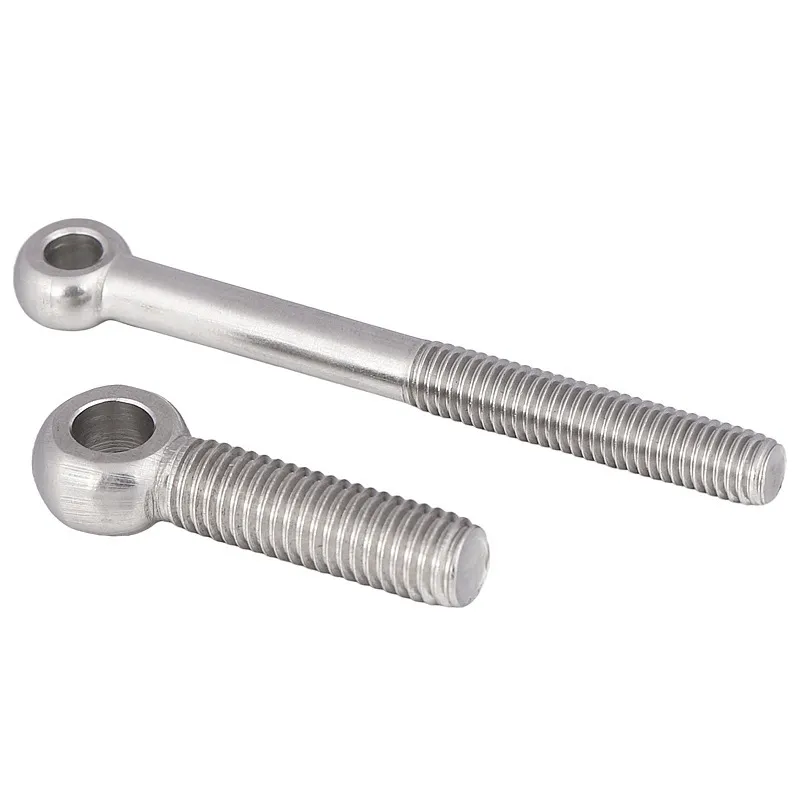

hexagon bolt
Nov . 23, 2024 06:04 Back to list
hexagon bolt
The Significance of Hexagon Bolts in Modern Engineering
Hexagon bolts are integral components in various engineering and construction applications, renowned for their durability, versatility, and robustness. These fasteners, characterized by their hexagonal heads, are designed to be tightened and loosened using a wrench or a socket, making them popular among engineers, builders, and DIY enthusiasts alike.
Understanding the Design
The hexagon shape of the bolt head allows for greater torque to be applied compared to other shapes like square or round heads. This is crucial in applications where the bolts need to endure high levels of stress and strain. The six-sided configuration provides multiple grip points, allowing for a firm hold, reducing the likelihood of slipping during installation. The bolt shaft, often threaded, allows for secure fastening by enabling a nut or a tapped hole to grip onto the thread, creating a stable connection.
Material and Strength
Hexagon bolts are available in a variety of materials, including steel, stainless steel, aluminum, and plastic. The choice of material is influenced by the specific requirements of the application, such as tensile strength, corrosion resistance, and weight. For instance, stainless steel hexagon bolts are often used in marine environments due to their resistance to rust and degradation, while high-strength steel bolts are employed in construction and heavy machinery due to their ability to withstand significant loads.
Applications in Various Industries
The versatility of hexagon bolts means they play a critical role in numerous industries. In construction, they are used to secure structural steel, join timber, and attach various building components. In the automotive industry, hexagon bolts are used in assembling engine parts and frames, ensuring that vehicles are safely constructed to endure rigorous conditions. The aerospace sector also utilizes these bolts for critical assembly points where reliability is paramount.
hexagon bolt

In manufacturing processes, hexagon bolts are vital for machine assembly and equipment installation
. Their ability to be easily removed and replaced makes maintenance and repair work more manageable, promoting efficiency in both production and operational environments.Choosing the Right Hexagon Bolt
Selecting the appropriate hexagon bolt for a specific application involves considering several factors, such as load requirements, environmental conditions, and fastening method. Bolts come in various grades, which signify their strength; choosing the correct grade ensures that the bolt will perform adequately under the expected load. Additionally, it is crucial to consider the length and diameter of the bolt to achieve a secure fit without compromising the integrity of the materials being fastened.
The Future of Fastening Technology
As industries evolve, the demand for more advanced fastening solutions continues to grow. Innovative coatings and materials are being developed to enhance the performance of hexagon bolts, making them even more resistant to wear and corrosion. Moreover, advancements in manufacturing technologies, such as 3D printing, may allow for the production of customized bolts that meet specific engineering requirements.
Conclusion
In summary, hexagon bolts are essential fasteners that marry simplicity with functionality in a wide array of applications. Their robust design, coupled with a diverse range of materials and applications, makes them staples in engineering and construction. As technology progresses, the evolution of hexagon bolts will likely continue, maintaining their relevance in modern fastening solutions. Understanding their significance and proper application can lead to more effective engineering practices, ultimately contributing to safer and more reliable structures and machines.
Latest news
-
High-Strength Hot Dip Galvanized Bolts - Hebei Longze | Corrosion Resistance, Customization
NewsJul.30,2025
-
Hot Dip Galvanized Bolts-Hebei Longze|Corrosion Resistance&High Strength
NewsJul.30,2025
-
High-Strength Hot-Dip Galvanized Bolts-Hebei Longze|Corrosion Resistance&High Strength
NewsJul.30,2025
-
Hot Dip Galvanized Bolts-Hebei Longze|Corrosion Resistance&High Strength
NewsJul.30,2025
-
Hot Dip Galvanized Bolts - Hebei Longze | Corrosion Resistance, High Strength
NewsJul.30,2025
-
High-Strength Hot Dip Galvanized Bolts-Hebei Longze|Corrosion Resistance, Grade 8.8
NewsJul.30,2025

